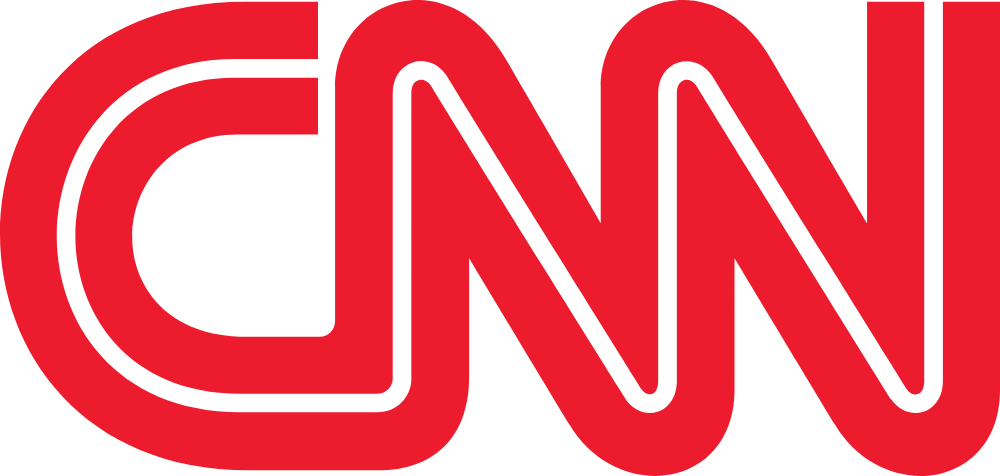Criminal Defense
New York Penal Law 275.05: Manufacture of unauthorized recordings in the second degree
federallawy583
Legal Expert
3 min read
Updated: Sep 6, 2025
The State of New York and Unauthorized Recordings
The State of New York has strict laws in place to protect the rights of artists and performers. It is illegal to profit unlawfully from another person's performance, including recording and selling their performances without permission or the legal rights to do so.Manufacture of Unauthorized Recordings
The act of creating, transferring, or participating in the creation of a recording of someone's performance without the legal right is known as the manufacture of unauthorized recordings. The severity of the offense and the possible penalties depend on the specific events involved in the offense. Under New York law, there are different degrees of manufacture of unauthorized recordings. Second-degree manufacture of unauthorized recordings primarily deals with the transfer of unlawfully-recorded performances. It is a violation of New York Penal Law § 275.05. Any time a recording is transferred unlawfully for profit, it falls under the category of manufacturing an unauthorized recording in the second degree.What Constitutes a Transfer?
There are various ways to violate this law, all of which involve the unlawful transfer of a recording. While New York's penal law does not specifically define transfer, it generally refers to moving something from one place to another. Therefore, if a recording is copied, uploaded, or reproduced with the intent of making a profit, it is likely a violation of this law. For example, let's consider the case of Shanna, who runs a corner hobby store. Shanna hears a new performing artist named Starzy and believes their song is a hit. Instead of purchasing and stocking Starzy's CD in her store, Shanna buys one CD and makes copies of it at home to sell in her store. This action by Shanna constitutes manufacturing an unauthorized recording in the second degree.Profiting from Another Product
It is important to note that violating this law does not solely involve directly profiting from the recording itself. If the recording is used to profit from another product or in any other way without permission, it is still a violation of the law. The act of selling the recording is not necessary to be in violation. For instance, let's consider the case of Amos, the owner of the Amos Shoe Company. Amos wants to create a television commercial and decides to use a song called "Lace, Lace 'Em Up" by famous rapper DaShoes without obtaining permission. Although Amos is not directly selling the recording, he is using it to promote his shoes and make a profit. This action by Amos constitutes manufacturing an unauthorized recording in the second degree.Possible Penalties
Manufacturing an unauthorized recording in the second degree is classified as a class A misdemeanor in New York. The maximum penalty for this offense is one year in jail. The court may also order the offender to pay restitution to the person or people harmed by the unauthorized recording. Additionally, a fine can be imposed, and the offender may be required to serve three years on probation. If facing this charge or a similar one, it is advisable to consult with an NYC criminal lawyer to understand and evaluate available options.Defenses
There are several defenses that can be used against this charge. One common defense is having the permission of the owner to transfer the recording for profit. It is also possible to argue that there was no intention to profit from the recording or that the recording was never transferred.As Featured In






Need Legal Assistance?
Get expert legal advice from Spodek Law Group's experienced attorneys.